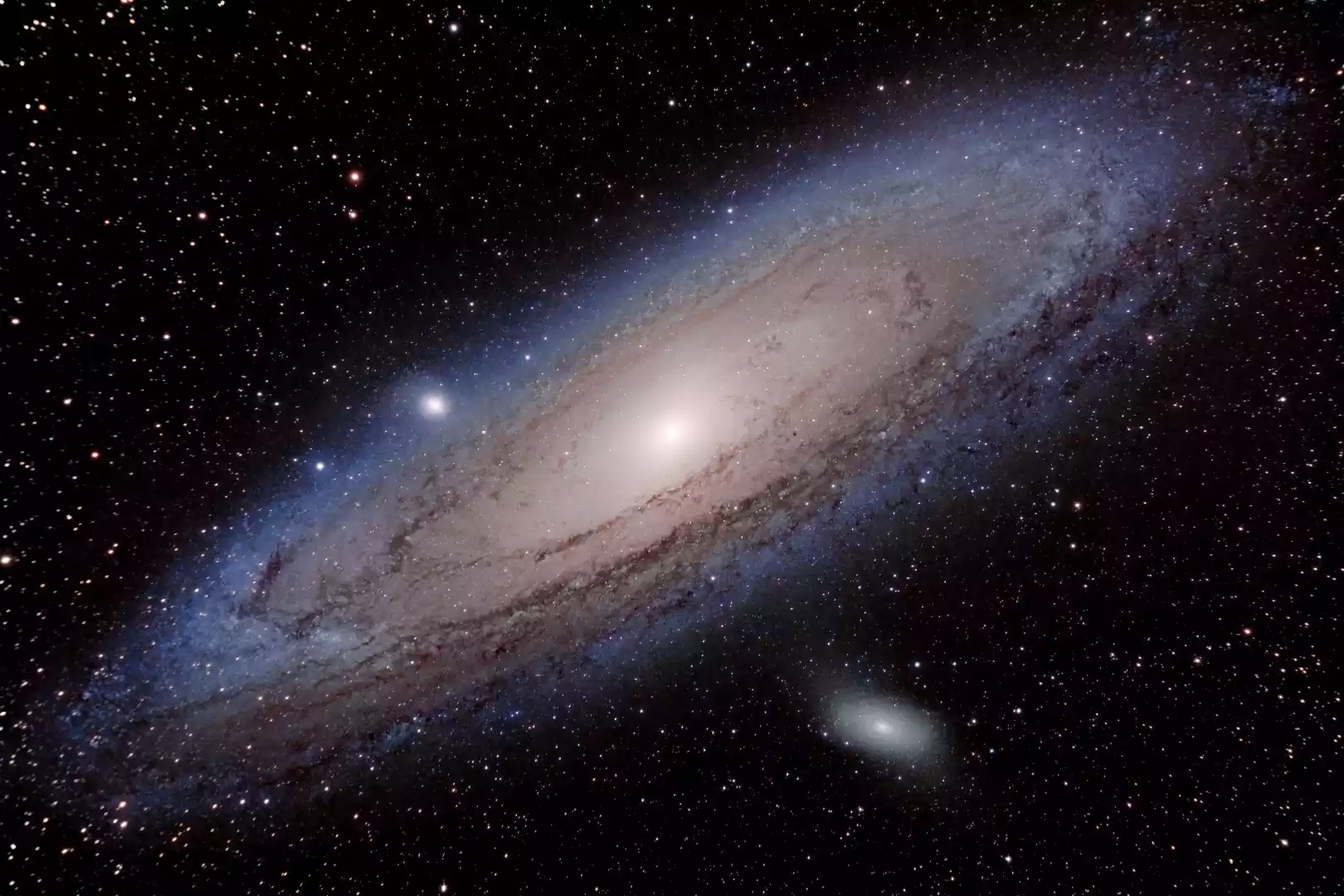The Andromeda Galaxy: A Comprehensive Exploration of Our Neighbor

The Andromeda Galaxy, also known as Messier 31 or M31, is a majestic spiral galaxy located approximately 2.537 million light-years away from Earth. As the closest major galaxy to our Milky Way, Andromeda has captured the attention and curiosity of astronomers for centuries. This article provides a comprehensive overview of the Andromeda Galaxy, exploring its characteristics, formation, structure, and ongoing research efforts aimed at unraveling its mysteries.
The Andromeda Galaxy is a prominent member of the Local Group, a collection of over 54 galaxies, including our own Milky Way. Its proximity and remarkable size make it an ideal target for astronomers seeking to understand the formation and evolution of galaxies. This article delves into the various aspects of Andromeda, shedding light on its history, morphology, and the exciting discoveries made within its vast expanse.
Historical Background
The Andromeda Galaxy was first observed by Persian astronomer Al-Sufi in 964 AD, and its true nature as a distant galaxy was recognized by Edwin Hubble in the early 20th century. Since then, numerous groundbreaking observations and studies have enhanced our understanding of this cosmic neighbor.
Morphology and Structure
Andromeda is a spiral galaxy with a diameter of approximately 220,000 light-years, making it slightly larger than the Milky Way. It consists of a central bulge surrounded by a vast disk composed of stars, gas, and dust. The spiral arms, adorned with young, bright stars, extend outward from the central region, showcasing its characteristic grand design.
Formation and Evolution
The formation of the Andromeda Galaxy is believed to have occurred through a process of hierarchical merging of smaller galaxies over billions of years. Its complex history involves interactions with satellite galaxies, including M32 and M110, which have significantly influenced its structure and dynamics. Studying these interactions provides valuable insights into the evolution of galaxies in general.
Stellar Population and Star Formation
Andromeda hosts a rich variety of stellar populations, ranging from old, metal-poor stars to young, massive stars. Ongoing observations and spectroscopic studies have revealed intricate star formation regions within its spiral arms, fueling our understanding of stellar birth and evolution in a galactic context.
Dark Matter and Dynamics
The presence of dark matter in the Andromeda Galaxy has been inferred through its gravitational effects on visible matter. Studies of its rotation curve and stellar velocities suggest a substantial dark matter halo surrounding the luminous components. Investigating the dynamics of Andromeda enables us to explore the nature and distribution of this mysterious cosmic ingredient.
Future Endeavors and Collaborations
Current and future missions, such as the James Webb Space Telescope and ground-based observatories, will continue to unravel the secrets of the Andromeda Galaxy. Collaborative efforts between astronomers across the globe aim to comprehensively map its structure, trace its chemical composition, and understand the interplay between its stellar populations.
Conclusion
The Andromeda Galaxy, as a celestial marvel, offers a captivating window into the formation, evolution, and dynamics of galaxies. Its close proximity and grandeur make it an ideal laboratory for astronomers to push the boundaries of our knowledge and deepen our understanding of the cosmos. As technology advances and new discoveries await, the Andromeda Galaxy remains a source of endless fascination, offering limitless opportunities for exploration and scientific advancement.